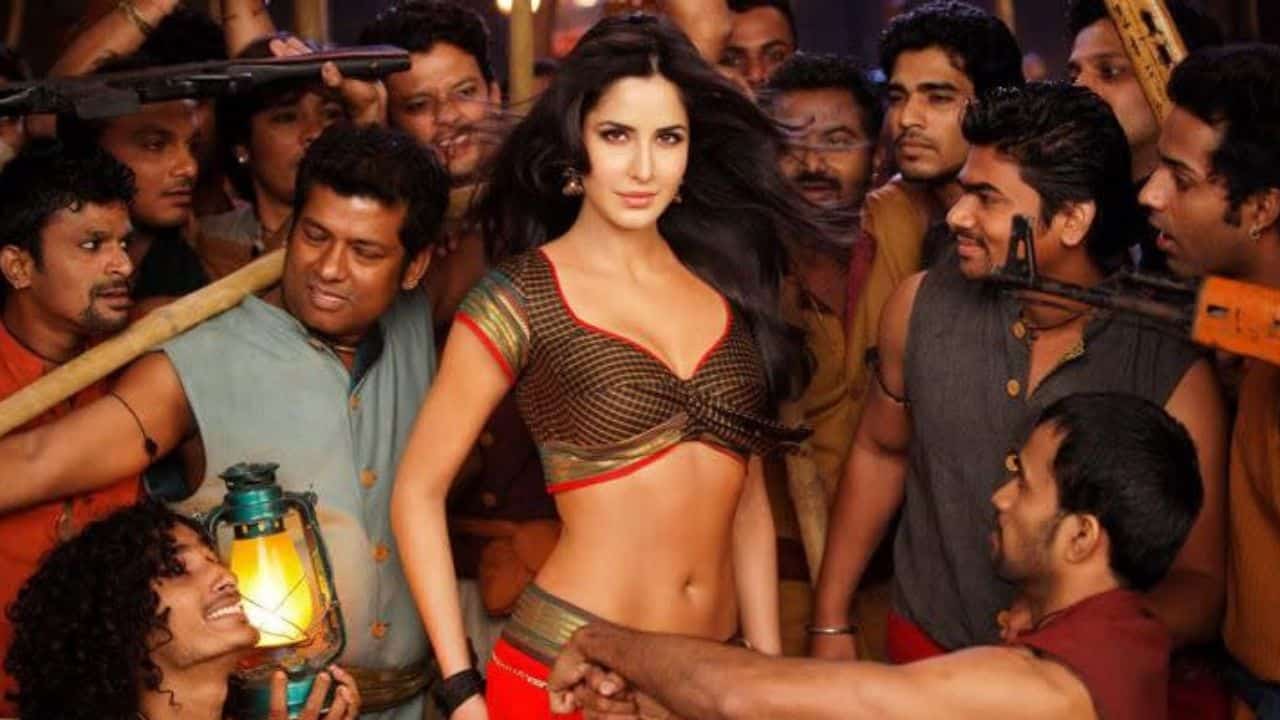A survey conducted by Mumbai’s Tata Institute of Social Sciences has revealed that more Bollywood films have begun relying on misgoynist and sexist tropes to make big budget films, with female and queer representation remaking exceedingly low, as reported by the BBC.
The study looked into 25 of the biggest box-office hit films since 2019, and 10 female-led films from the years 2012-2019. It found that Bollywood responded to the criticism following the gang rape and murder of a Delhi college student in 2012. The films selected were Kabir Singh, War, Dabangg 3, Mission Mangal, Housefull 4 and Article 15 and among the female-led films were Raazi, Queen, Lipstick Under My Burkha along with Margarite With A Straw.
The researchers had studied 2000 on-screen characters to note down their occupations, and also analyse them over several parameters such as consent, intimacy and harassment. They also inspected these films for how many women worked off-screens, as well as the number of LGBTQ and disabled characters and how they were represented.
Their findings concluded that box-office hits from Bollywood rely on sexist and misogynist tropes to become hits, while female and queer led representation remains low.
Professor Lakshmi Lingam, the head of the study, revealed that of all the films they had inspected, 72 per cent of the characters leading them were men, 26 per cent were women while only 2 per cent were queer, explaining that filmmakers believe that movies led by men tend to attract wider audiences than a strong female-led story.
“There’s very little attempt to do something different because patriarchal norms colour people’s idea of a story or narrative and they come to believe that this is what can give them money,” she revealed to the BBC.
Lingam also elaborated on how Bollywood has continued to rely on a formulae that keeps women in the background while men take on the leading roles, and this shows up in how in Bollywood films, they are never placed in decision-making roles:
“The protagonist has to be male from the upper caste, the female lead has to be thin and beautiful. She has to be coy and demure who expresses consent through gestures rather than words, but wears sexually revealing clothing and has to be somewhat modern to allow for her to be in a pre-marital relationship which is a transgression.”
“42 per cent of the female leads were employed in these films (way higher than India’s real employment figures of 25.1 per cent) they were in stereotypical professions. Nine in 10 men were in decision-making roles playing army officers, policemen, politicians and crime lords; women mostly played doctors and nurses, teachers and journalists and only one in 10 were in decision making roles,” she said.
Coming to queer representation in Bollywood films, the study noticed how LGBTQ people were always made into the butt of jokes and weren’t placed in decision-making roles, while disabled people were also poorly represented and were often used as tropes for comedy relief or sympathy.
These findings, Lingam pointed out, prove why many Bollywood box office hits were flopping like many male-dominated films starring actors like Akshay Kumar, Salman Khan had bombed, which is why the industry needs to badly reform itself and start including more women on the front screen:
“The typical thinking is that a majority of the audience is male so films are being made for them. We are not saying don’t do those films, but do a spectrum of films so that there is a wide variety.”
Lingam pointed out that the reason why Bollywood relies on the male gaze so much is because more men are working off-screen in films than women are- as the study TISS had done showed that in all the films they had researched, there were 26,300 men and only 4,100 women in the crews.
The professor also pointed out how dangerous it is for Bollywood to keep relying on sexist tropes to make hit films, sharing that it can impose further on spaces for women in India, with the way films like Kabir Singh normalise toxic masculinity and harassment.
“In India, where families and schools rarely teach about sex education and consent, all our responses are influenced by books and cinema,” Lingam said, sharing how the Shahid Kapoor led film showed the male lead stalking a woman and pressurising her to marry him.
“It normalises toxic masculinity. so when a woman is stalked or harassed on the street, everyone says it happens. And there is rarely any pushback.”







